Outgoing ECB President Mario Draghi called for euroarea-wide fiscal stimulus aimed at boosting investment. He said yesterday in Athens “fiscal policy playing a more supportive role alongside monetary policy would lead to a faster return to price stability and therefore fewer side effects.”
And, “fiscal policy becomes more powerful when monetary policy is close to the effective lower bound, as the multipliers are higher.” “Supportive fiscal policy can complement monetary policy in cutting through the obstacles that are weighing on demand — which is the case in the euro area today”.
He added, “if fiscal and structural policies also play their role in parallel — and more so than we see today — the side effects of monetary policy will be less, and the return to higher rates of interest will be faster.”




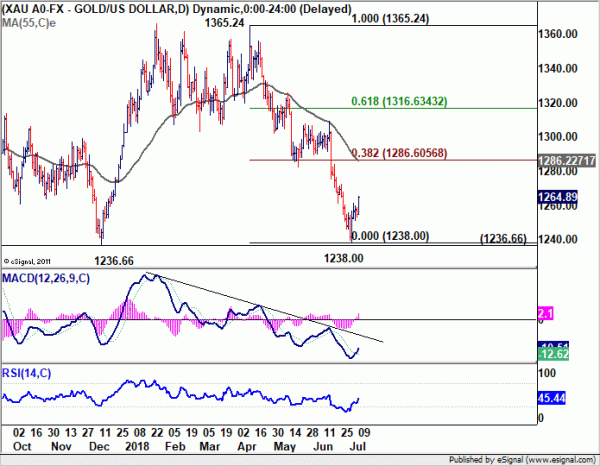
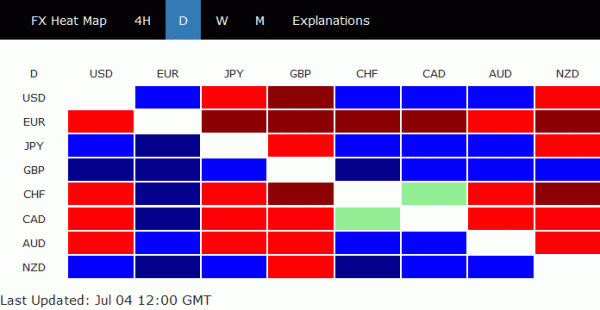
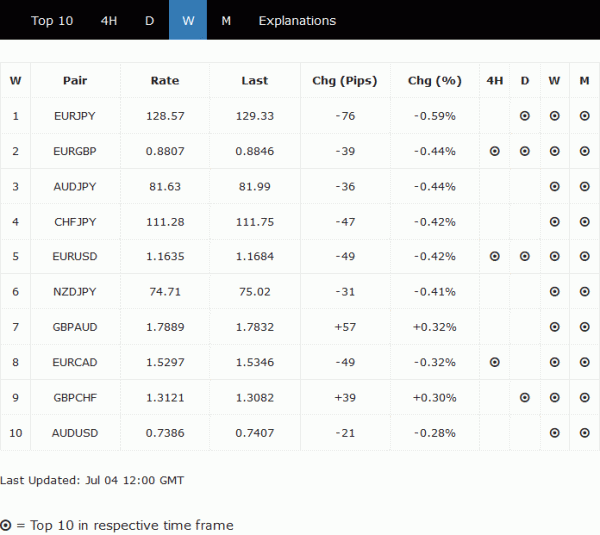
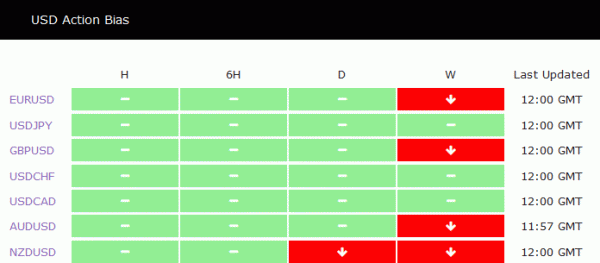
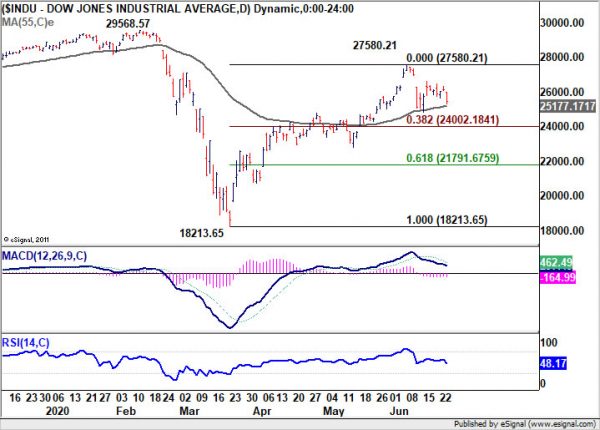
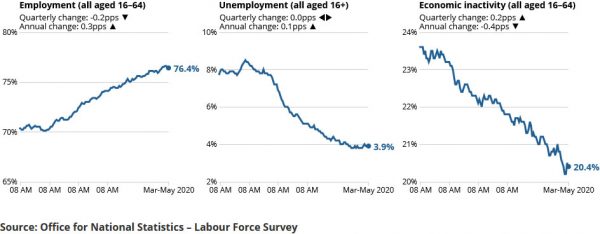
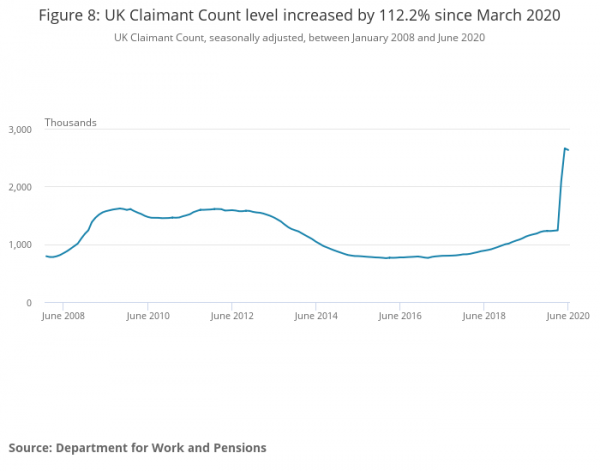
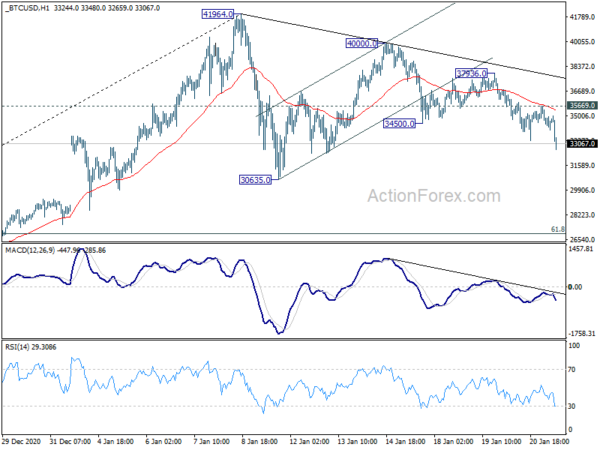
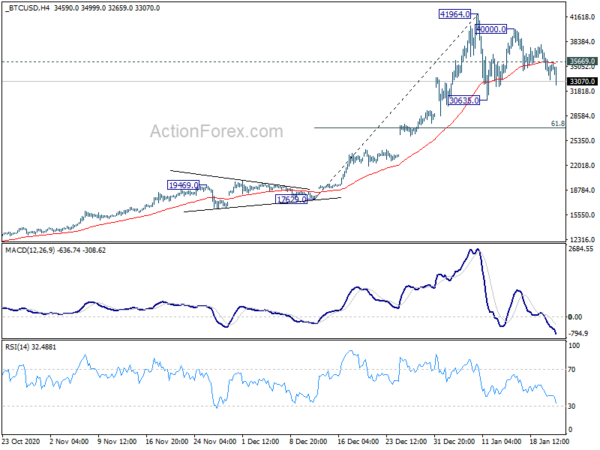

BoE Bailey: Minutes don’t imply the possibility of negative interest rate
In the MPC meeting minutes released last week, BoE indicated that it’s looking at how it would implement negative interest rates effectively when necessary. But Governor Andrew Bailey said in an online talk today, “it doesn’t imply anything about the possibility of us using negative instruments.”
“We have looked hard at the question of what scope is to cut interest rates further and particularly negative interest rates,” he added. He also noted the the experience of negative rates elsewhere was “mixed” only. The effective depends on the structure of the banking system and the timing of the move.
Also, Bailey acknowledged the resurgence of coronavirus infections in UK was “very unfortunate” and “does reinforce the downside risks”.